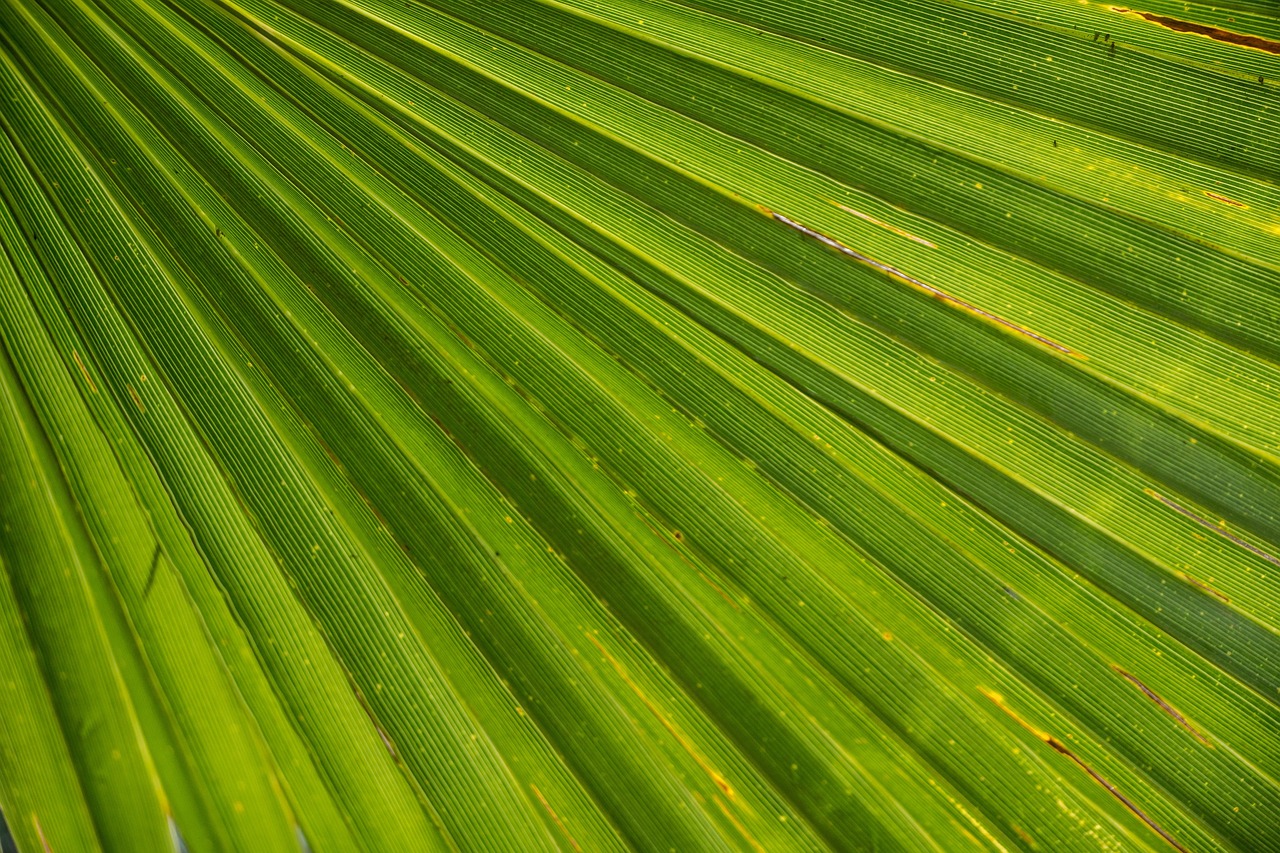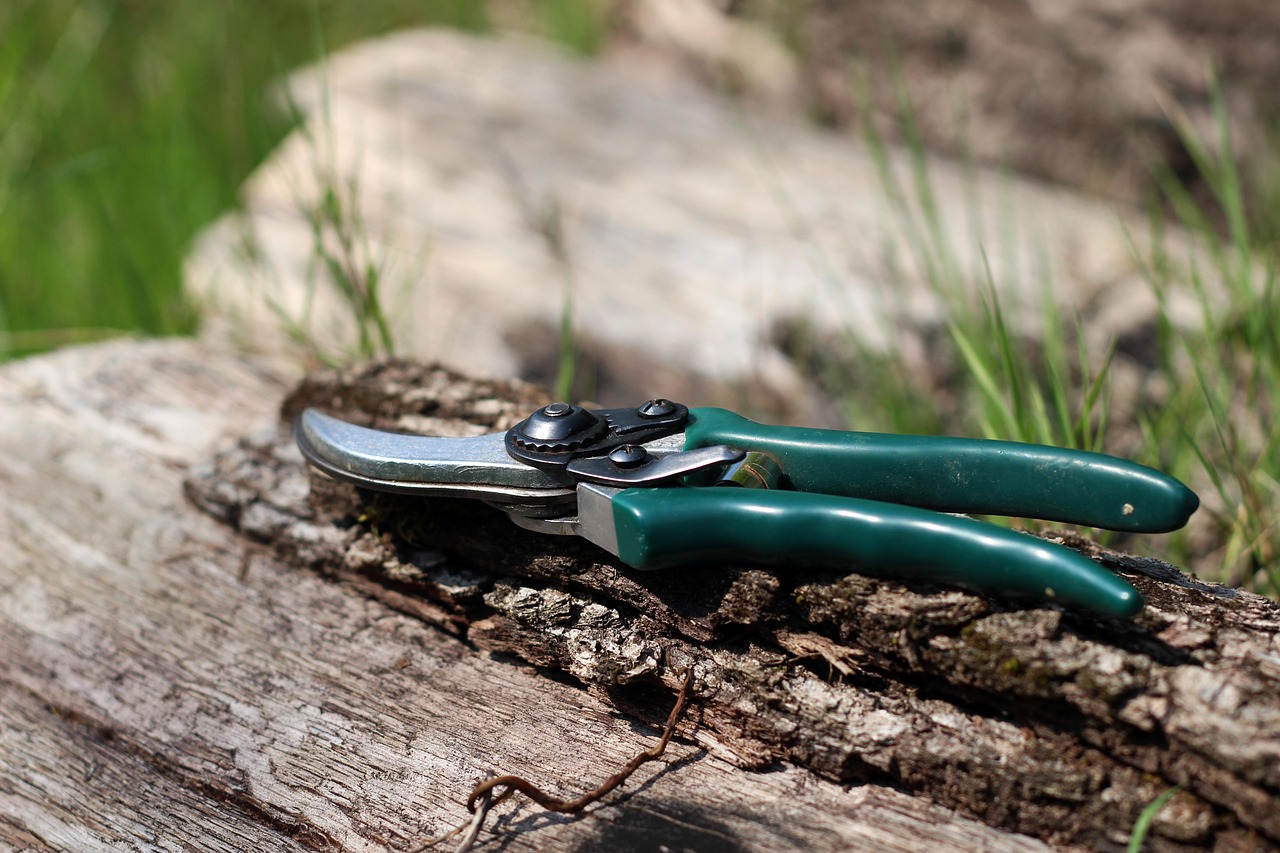Proper pruning is essential for palm tree health and aesthetic appeal in tropical landscapes. This guide highlights key techniques, optimal timing, necessary tools, and safety precautions to ensure your palms thrive. Regular, careful maintenance prevents disease, promotes vigorous growth, and keeps your landscape vibrant and balanced year-round.
I always keep in mind that palms are symbols of relaxation and paradise in my eyes. They can transform any space into a tropical retreat—if you give them the attention they need through regular maintenance. But knowing exactly how and when to prune made a huge difference in preventing damage and promoting strong growth. My personal tip? I always observe their fronds carefully; dead or yellowing fronds are clear signs I need to act, but I’ve learned not to overdo it, or I risk stressing the plant.
Understanding Palm Tree Growth
Growing up, I noticed that palms have a very particular way of growing. They have a single trunk with fronds emerging from the top—classic tropical scenery. As the trees mature, I realized that older fronds naturally die off, making room for new growth. I always remind myself that this shedding process is vital. However, I’ve found that a little light pruning can help keep the palms healthy and looking impeccable, especially when the natural process isn’t enough.
Here are some things I’ve learned about palm growth:

- I always keep in mind that palms grow throughout the year—there’s no dormant season like with some trees.
- Old fronds naturally die, and I find it best to remove only the ones that are truly dead or unhealthy.
- Removing these helps encourage fresh, vigorous growth, which I’ve personally seen boost my palms’ appearance.
- But I’ve been warned—over-pruning can do more harm than good, so I always prune conservatively.
Before I poke around with my tools, I make sure I understand each part of the palm. The trunk supports everything, while fronds are essential for photosynthesis. The tiny, vital growing tip at the top must be protected—damage here can cause serious problems. I’ve learned the hard way that cutting into this area can stunt the palm’s growth or even kill it, so I always prune carefully near the base of the fronds.
Pro-Tips
When I first started pruning palms, I made the mistake of going too aggressive and removed too many fronds at once. I learned that less is more—pruning conservatively helps my palms recover faster and stay healthy. Now, I always remember to prune only the dead or yellowing fronds and avoid cutting healthy green ones unless necessary.
Early on, I neglected to disinfect and sharpen my tools regularly. Dull blades and dirty tools cause ragged cuts and can introduce infections. Since then, I always disinfect and sharpen my pruners and saws before each session, which makes a huge difference in the cleanliness and healing of cuts.
When I first pruned during the wrong season—like winter—I noticed my palms took longer to bounce back, and the cuts were more vulnerable to cold damage. Now, I plan my pruning for late spring or early summer when palms are actively growing and more resilient.
At first, I did not pay attention to the specific needs of different palm species. I learned that some palms, like Royal Palms, prefer minimal pruning, while others, like coconuts, can handle more aggressive trimming. Adjusting my approach based on the species has led to healthier, happier palms.
Lastly, I used to ignore the natural shedding process and would remove all old fronds, but I discovered that allowing some natural decay supports the tree’s health. I now prune only what’s necessary, respecting the palm’s growth cycle and avoiding unnecessary stress.
When to Prune Palm Trees
Timing has been everything for me. I always prefer late spring or early summer—when palms are actively growing—making recovery easier. I used to prune at random, but I found that doing it during the right season reduces stress on the tree and helps prevent pests and diseases from taking hold.
Another thing I’ve noticed is that pruning right before palms bloom can disrupt their flowering cycle. I learned this the hard way—it’s better to wait until after they flower if you’re managing fronds then.

Warning: Signs Your Palm Needs Pruning
From my experience, I always keep an eye out for certain signs:
- Dead or yellowing fronds: usually a sign it’s time to remove them, but be cautious—sometimes yellow leaves indicate a nutrient deficiency.
- Fronds touching the ground: I’ve noticed these attract pests and can lead to rot, so I always trim them before they reach the soil.
- Overcrowded canopies: If too many fronds bunch together, it hampers air flow—I clear some out to keep things healthy.
- Uneven shape: My palms begin to look unbalanced, I make small adjustments to shape them naturally.
Tools for the Job
Over the years, I’ve learned that using sharp, clean tools is key. Nothing frustrates me more than jagged cuts that can invite infections. My arsenal includes:
| Tool | Description |
|---|---|
| Hand Pruners | Great for smaller fronds and detailed trimming. |
| Loppers | Perfect for thicker fronds—trust me, they save time. |
| Saws | I always use a saw for larger fronds or trunk cuts; it gives cleaner results. |
| Safety Gear | Gloves, goggles, and a helmet—I never skip safety. One time, a flying frond nearly hit me, so now I’m cautious! |
I learned to keep my tools sharp and clean—dull blades cause ragged cuts that take longer to heal and increase infection risk. Maintaining my tools regularly really pays off.

How I Prune—A Step-by-Step
Here’s how I do it, based on my experience:
- Assess the Tree: I carefully examine each palm—dead fronds, diseased leaves, and anything that looks out of place.
- Pick the Right Time: As mentioned before, late spring or early summer works best.
- Gather Your Tools: Sharpen and disinfect everything beforehand.
- Make Clean Cuts: I cut as close to the trunk as possible without harming it, avoiding jagged edges.
- Clear Away Debris: I always remove all cut fronds from the area. Leftover debris can attract pests or cause rot.
What Mistakes Have I Made (and How to Avoid Them)
Over time, I’ve learned that some mistakes can be tricky. Here’s what I’ve learned the hard way—so you don’t have to:
- Over-Pruning: I once removed too many fronds from a mature palm, and it took months to recover. Now, I prune conservatively.
- Poor Timing: Pruning in winter was a mistake—cold snaps can damage the fresh cuts. I now stick to warmer months.
- Neglecting Tools: Using dull tools made my cuts jagged and caused my palms to get infected. Dull blades are a big no-no.
- Ignoring Species-Specific Needs: I used the same approach for all palms initially, but now I research each species’ specific needs.
Safety First—My Personal Rules
Pruning can be dangerous, especially with tall palms. I always wear my gloves, goggles, and a hard hat—I learned the hard way after a frond fell unexpectedly. When working at heights, I double-check my ladder’s stability. I also keep an eye out for overhead power lines—I don’t want a shocking experience. Having a helper has been invaluable; I always ask for assistance, especially when dealing with taller palms.
Post-Pruning Care
Once I finish pruning, I never forget the importance of aftercare. I water thoroughly, especially in dry spells, and I fertilize with a balanced palm-specific fertilizer to support new growth. I also monitor for pests or diseases—palm weevils or leaf spot diseases can sneak in if I’m not careful. Acting quickly makes all the difference in maintaining healthy palms.
My Favorite Palm Species & Their Unique Pruning Needs
Royal Palm (Roystonea regia)
I’ve only lightly pruned my Royal Palms—mostly removing damaged fronds. They’re quite resilient and elegant—minimal interference is best. I prune late spring, being cautious not to damage the trunk.
Coconut Palm (Cocos nucifera)
For my coconuts, I remove yellowing or browning fronds regularly. I prune in early summer, using a saw for thicker fronds. It’s satisfying to see a healthy, lush tree that provides coconuts and shade.
Areca Palm (Dypsis lutescens)
This feathery palm is my favorite for indoor and patio spaces. I prune dead or yellow fronds in late spring to maintain the lush, cascading look. Hand pruners work well here, and I always ensure not to cut too much at once.
Environmental Factors Matter
In my experience, your local environment influences how you should prune:
Soil Conditions
I always check my soil’s drainage—poor drainage leads to root rot. Amending soil with organic matter has helped my palms stay healthy longer.
Climate
In humid areas, I prune to improve air circulation and reduce fungal risks. Cold snaps in my climate have me cautious about pruning late in the season—frost damage is a real concern if I’m too aggressive at the wrong time.
Using Fertilizers Wisely
After pruning, I rely on specific palm fertilizers—commercial products with micronutrients—applied in early spring. I spread evenly around the base, avoiding direct contact with the trunk, and water thoroughly. It truly supports the health of my palms.
Enhancing Landscape Beauty
Palms are not only functional—they’re focal points. I love grouping smaller palms like Areca for a lush look or planting tall palms like Royal as dramatic features. I’ve mixed in colorful tropical flowers like hibiscus or bougainvillea for more vibrant landscapes. Proper pruning helps keep everything looking balanced and attractive, making my yard feel like a permanent vacation zone.
Year-Round Maintenance Tips
Spring
- I always prune out dead fronds and feed my palms to start the season strong.
Summer
- I ensure they’re well-watered, especially during heatwaves, and watch out for pests.
Fall
- In cooler areas, I prepare palms for winter by mulching and watering thoroughly.
Winter
- I give my palms extra protection if frost is expected, and I avoid heavy pruning to let them recover.
Myths I’ve Learned to Ignore
- All fronds should be removed: I used to think so, but I’ve learned only to remove dead or diseased fronds. Over-pruning weakens palms.
- Prune once a year: Some palms need more frequent care, especially fast growers.
- Palms are low maintenance: Not true—I incorporate regular check-ups and pruning into my routine.
DIY vs. Professional Help
For small, accessible palms, I prune myself—saving money and learning more each time. But for tall, hard-to-reach palms, I call in pros. I’ve learned that safety should never be compromised. When I do hire professionals, I ensure they use proper techniques to avoid damage and injury.
Final Words from My Experience
Honest to goodness, learning how to prune and care for palms has turned into a rewarding hobby. Proper techniques, timing, and safety have helped my palms stay lush and healthy. I always remind myself—attention to detail, patience, and respect for each species’ needs make all the difference. With consistent care, my tropical paradise keeps growing more beautiful each year, and I couldn’t be happier to share this journey with
